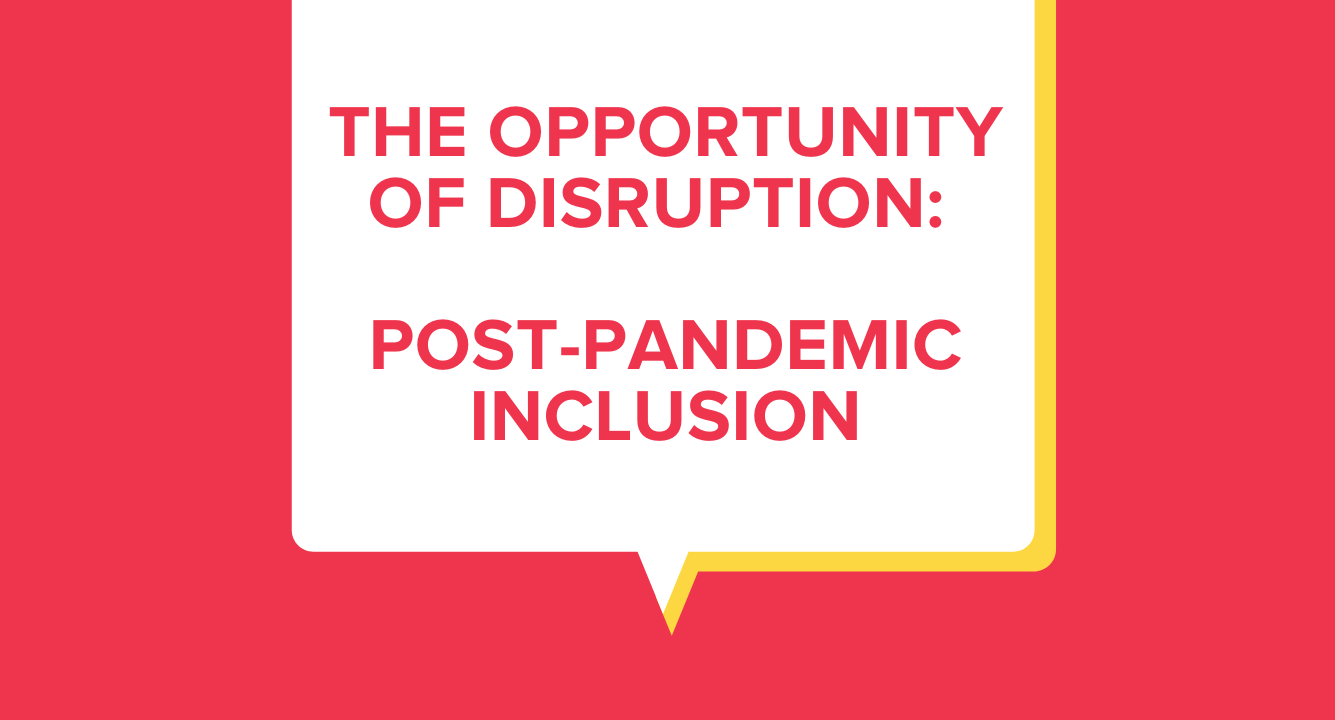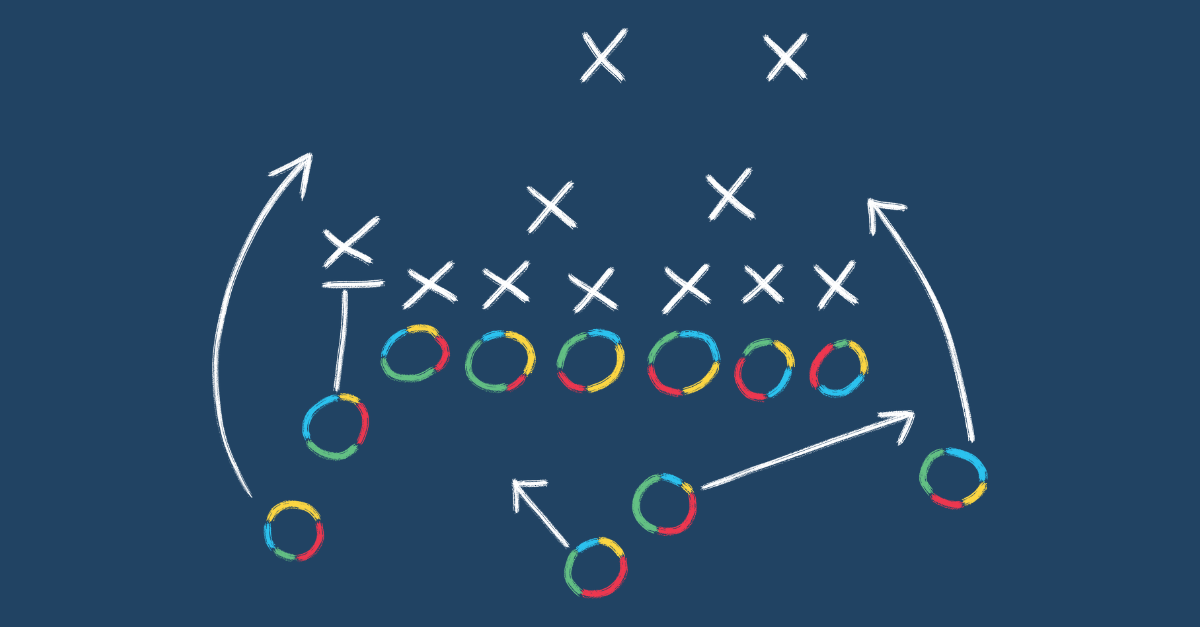This article is a guest post from our partners Dr. Jay Chopra, of Making Shift Happen, and Damian Costello, of Decode Innovation. View their blog series here.
The tumultuous period that we are currently going through not only threatens the survival of businesses from a fiscal perspective, but also threatens the formation of inclusive work cultures that provide the conditions necessary for optimal individual and team performance. It may seem like a million years ago at this point, but pre-COVID-19, many businesses were already struggling to form inclusive work cultures, and managers were challenged to create inclusive teams.
When you add to this the workforce disruptions resulting from the COVID-19 pandemic, many organizations are now crying out for a cultural transformation. Many managers also desperately need help to be successful in the face of the disrupted workforce as they do not have the skill-set required to manage the various inclusion challenges associated with managing disrupted, virtual teams. These challenges include:
- Social isolation of team members
- Ensuring effective team communication
- Nurturing two-way trust
- Maintaining motivation and productivity
The fabric of business is undergoing unprecedented levels of organizational and inter-personal disruption, effectively dampening years of positive structure building almost overnight. On the other hand, years of negative patterns and sub-optimal practices have also been dismantled. These disruptive times represent a unique opportunity to #buildbackbetter. This allow us to create or reinforce the internal culture of performance, resilience and agility needed to address a highly volatile marketplace.
Our Disruption Management Program is built to address both the external disruptions businesses face in the marketplace as outlined in our previous two blogs, and the internal disruption to the way businesses are managed. While both aspects of the program leverage Whole Brain® Thinking, it is the internal Cultural work that makes the most comprehensive use of the full extent of Whole Brain® resources.
This distinct Cultural work brings with it the opportunity of forming more inclusive post-pandemic work cultures given that Whole Brain® Thinking is central to our Disruption Management approach. According to Gardenswartz and Rowe – world renowned leaders in Diversity and Inclusion – Cognitive Diversity and Inclusion serves as an overarching approach to general Diversity and Inclusion. Gardenswartz and Rowe therefore authorized the Whole Brain® Model to be placed at the centre of their model as show in Figure 1.
.png?width=568&name=Diversity_Wheels%20(1).png)
Figure 1
Cognitive Diversity and Inclusion is weaved into the design of our Whole Brain® Disruption Management program in two ways:
- The four steps of the Whole Brain® Disruption Management process is designed to be cognitively inclusive at its core:
- Create a wide range of potential business models is an Upper Right Brain (URB) activity leveraging the team’s Experimental Mindset
- Collaborate on the choice of business model is a Lower Right Brain (LRB) activity leveraging the team’s Relational Mindset
- Complete the transformation to the chosen business model is a Lower Left Brain (LLB) leveraging the team’s Practical Mindset
- Confirm that the new business model performs as predicted is an Upper Left Brain leveraging the team’s Analytical Mindset
- HBDI® and Whole Brain® Thinking are built into the sub-steps of the Disruption Management process as follows:
- Form And Empower The Disruption Management Team: This step uses the HBDI® individual profiles, HBDI® team profile, and Whole Brain® behavioral norms to ensure the formation of an inclusive Disruption Management team. The use of HBDI® profiles also allows organisations to look at the potential inclusion implications of the additional stress due to the disruptions associated with working from home, home-schooling etc. Managers would benefit from access to the individual and team HBDI stress profiles to help understand how they may need to adjust their management style due to the additional stress in the system
- Socialize The Five Business Models Beyond The Team: This step uses the same cognitive diversity tools; HBDI® individual profiles and HBDI® team profile to build a broader decision-making team, and to disseminate the emerging business models to a wider audience in a manner that ensures they are readily understood and can be judged even-handedly
- Create And Implement Culture Transformation Projects: This culture transformation step of the Disruption Management process uses the Whole Brain® culture builder tool, the Herrmann Team Dashboard diagnostic and the Herrmann Digital Platform to catalyze the cultural transformation required as part of our Disruption Management process
- Foster A Company Wide Agile Culture: This step uses the following Whole Brain® tools – Herrmann Digital Platform, Whole Brain® Coaching and Whole Brain® Innovation Training to foster an agile culture
In conclusion, Disruption Managment brings with it the opportunity to decode, measure and harness your organization’s cognitive diversity to create a more inclusive culture, resulting in higher employee satisfaction, engagement, and retention. Regardless of what your new normal will eventually look like, this program will allow you to build an inclusive, agile, and resilient culture capable of successfully adapting to whatever the world might throw at it.
For more information about how your business can harness cognitive diversity as a method of disruption management, both during and after the COVID-19 crisis, please click here.












